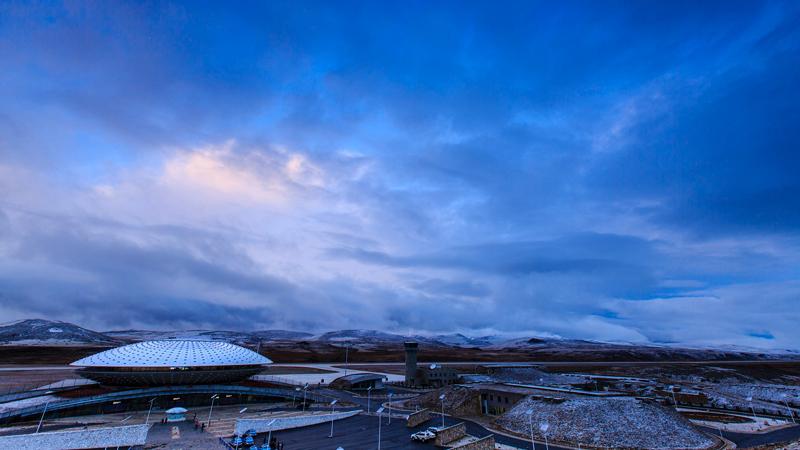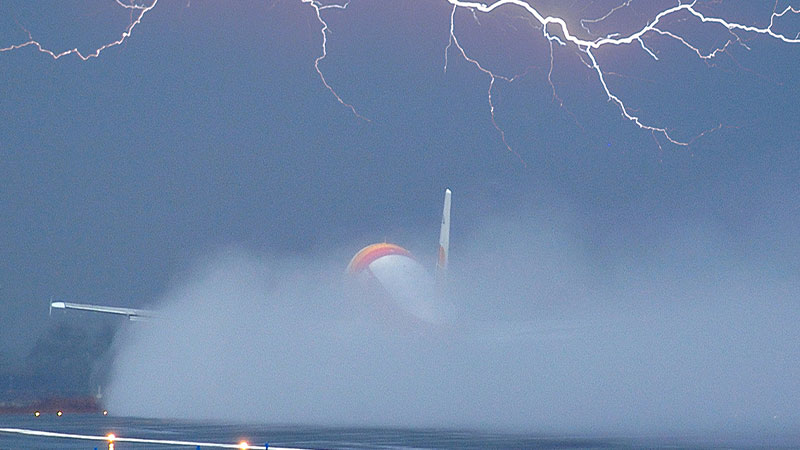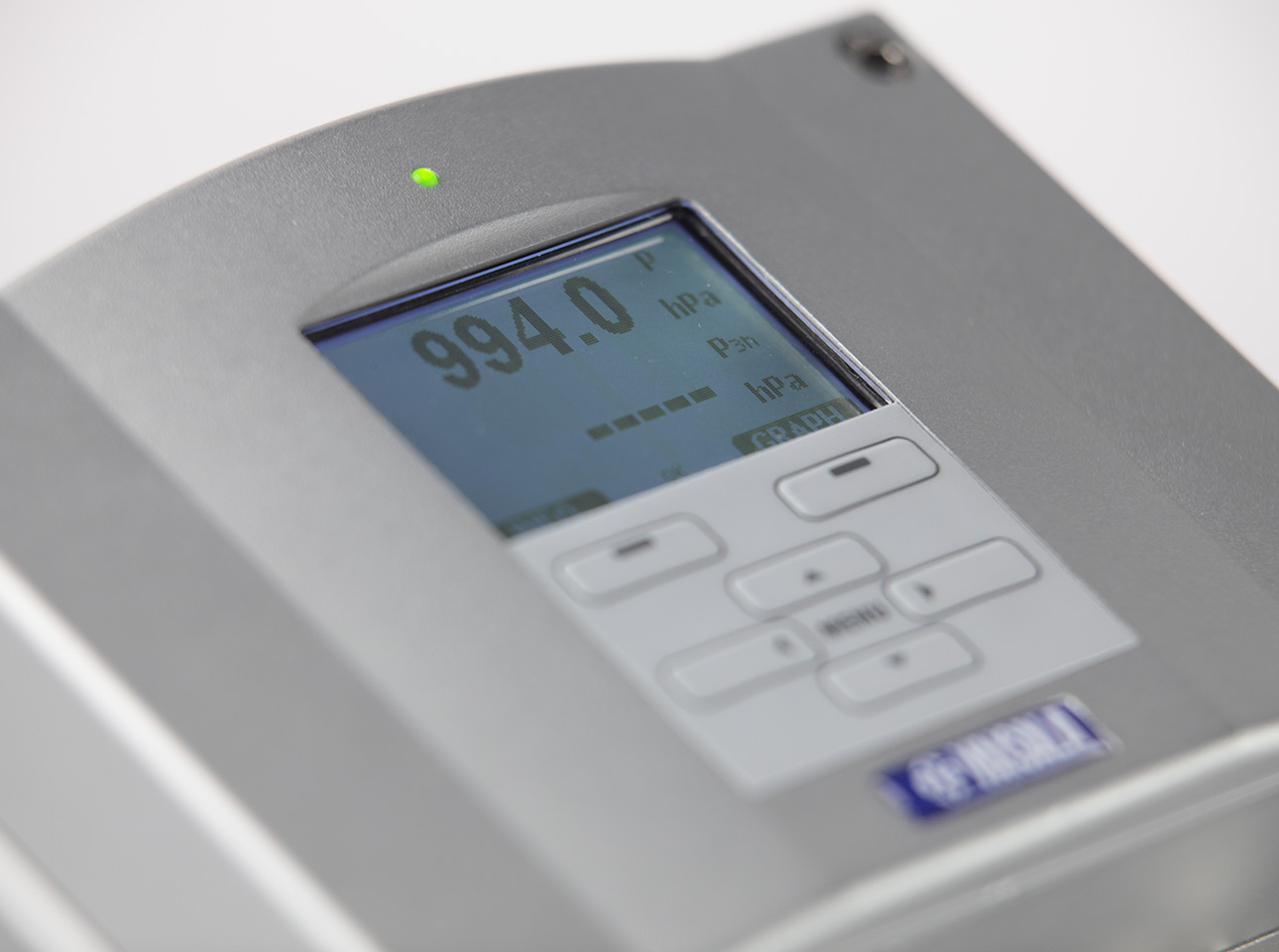Measuring Weather at the Highest Airport in the World
Located well over 4 km above sea level, Daocheng Yading Airport in China constitutes the highest civil airport in the world. With Vaisala’s high-quality equipment, Daocheng Yading manages to measure the weather conditions despite the challenges posed by its altitude and low temperatures.
Daocheng Yading Airport serves Daocheng County in the Garzê Tibetan Autonomous Prefecture of Sichuan Provence in China. It sits 4,411 meters above sea level and has a runway that totals 4,200 meters in length. As such, it is the world’s highest civil airport. Due to the complex geographical environment and harsh climate, the aircraft performance in Daocheng Yading is greatly limited. For this reason, it is particularly important to measure the airport’s outline weather parameters, such as wind, pressure, temperature and humidity, as well as specialized aviational indicators like Runway Visual Range (RVR) and present weather conditions.
Demanding Heights
The high altitude of Daocheng Yading is the biggest challenge affecting the airport’s operations. In addition to the extreme weather conditions and the complex geographical environment, that is common for all highland airports, the altitude of 4,411 meters renders it unprecedentedly difficult for aircrafts to approach and land on the airport.
In order to the help Daocheng Yading battle the challenges posed by its high location, Vaisala has offered a complete meteorological monitoring solution, Vaisala AviMet® Automated Weather Observing System (AWOS), based on the particular needs of the airport. The Vaisala AviMet® AWOS provides meteorological data to the air traffic controllers and pilots as well as meteorological forecasters and observers, for example.
Extreme weather can cause challenges on the windy, high plateau that Daocheng Yading is located on. To measure RVR, Daocheng Yading uses Vaisala FS11 Visibility Sensors and FS11P Present Weather Sensor, providing information on prevailing weather phenomena at the airport to secure safe take-off and landing.
When operating in high altitudes, also the winds can be stronger than nearer to the ground, making it crucial to measure their strength and impact on airport operations. The design of the sensors ensures protection against all windblown particles, such as sand: thus the particles will not distract the measurement in the windy conditions. Additionally, Daocheng Yading uses Vaisala’s Ultrasonic Wind Speed Sensor WMT702 for accurate wind measurements.
Clouds can be relatively close to the ground when operating in high altitudes, affecting take-off and landing. Vaisala Ceilometer CL31 measures the height of clouds and cloud coverage, being able to detect three cloud layers simultaneously – also during precipitation. CL31 hosts excellent detection of low cloud layers starting at a height of virtually zero.
In great heights, air density and pressure decrease. The thinner the air is, the lower the engine performance of the aircraft is as well, creating the need for Daocheng Yading’s exceptionally long runway: 4,200 meters ensures a safe take-off. The Digital Barometer PTB330, with Vaisala BAROCAP® technology and three independent transducers for optimal redundancy and measurement quality control, enables the airport to measure atmospheric pressure accurately. Moreover, Vaisala AWOS software ensures QNH and QFE readings that are calculated to fit especially high altitudes, like that
of Daocheng Yading.
Challenging Cold
Due to the heights and resulting low temperatures, Daocheng Yading has a long frost period and the climate is cold. The harsh environment sets also its own requirements for the meteorological observation system at the airport. The equipment has to be able to adapt to the climate, provide stable, accurate measurements and resist the cold, characterized by enormous differences in temperature between day and night.
Vaisala’s products are known for performing in demanding and varying climates from the tropic to the arctic. The Visibility Sensors used at Daocheng Yading are equipped with high-power heaters that prevent the effects of cold climate as well as the accumulation of snow on the sensors. Vaisala’s wind sensor is likewise
equipped with heating power. The customer has been very happy with Vaisala’s solution to battle the demanding and cold climate, as stated by the Meteorological Department of Daocheng Yading:
“After the system was set up, Vaisala’s observation system has provided us with stable data, and it has adapted well to the climate.”
The ability of Vaisala’s equipment to provide accurate data, perform reliably and withstand demanding conditions have made it the ideal solution in the great heights of Daocheng Yading.
About Daocheng Yading Airport
Daocheng Yading Airport is a civil airport in Garzê Tibetan Autonomous Prefecture. It is located at Haizi Mountain, 50 km away from the north of Daocheng County. Situated 4,411 meters above sea level, it is the highest civil airport in the world. Since opening in 2013, the airport has greatly improved the tourist traffic conditions in the southwest of Garzê Prefecture, serving nearly 400,000 people from six counties in the southern part of the prefecture as well as the neighboring cities and counties in Tibet and Yunnan. It has opened a window to the outside world and promoted regional economic development.
This article has 1st been published in a Vaisala News issue 201 in October 2017. You can also download the Vaisala News article as a pdf document.




Add new comment